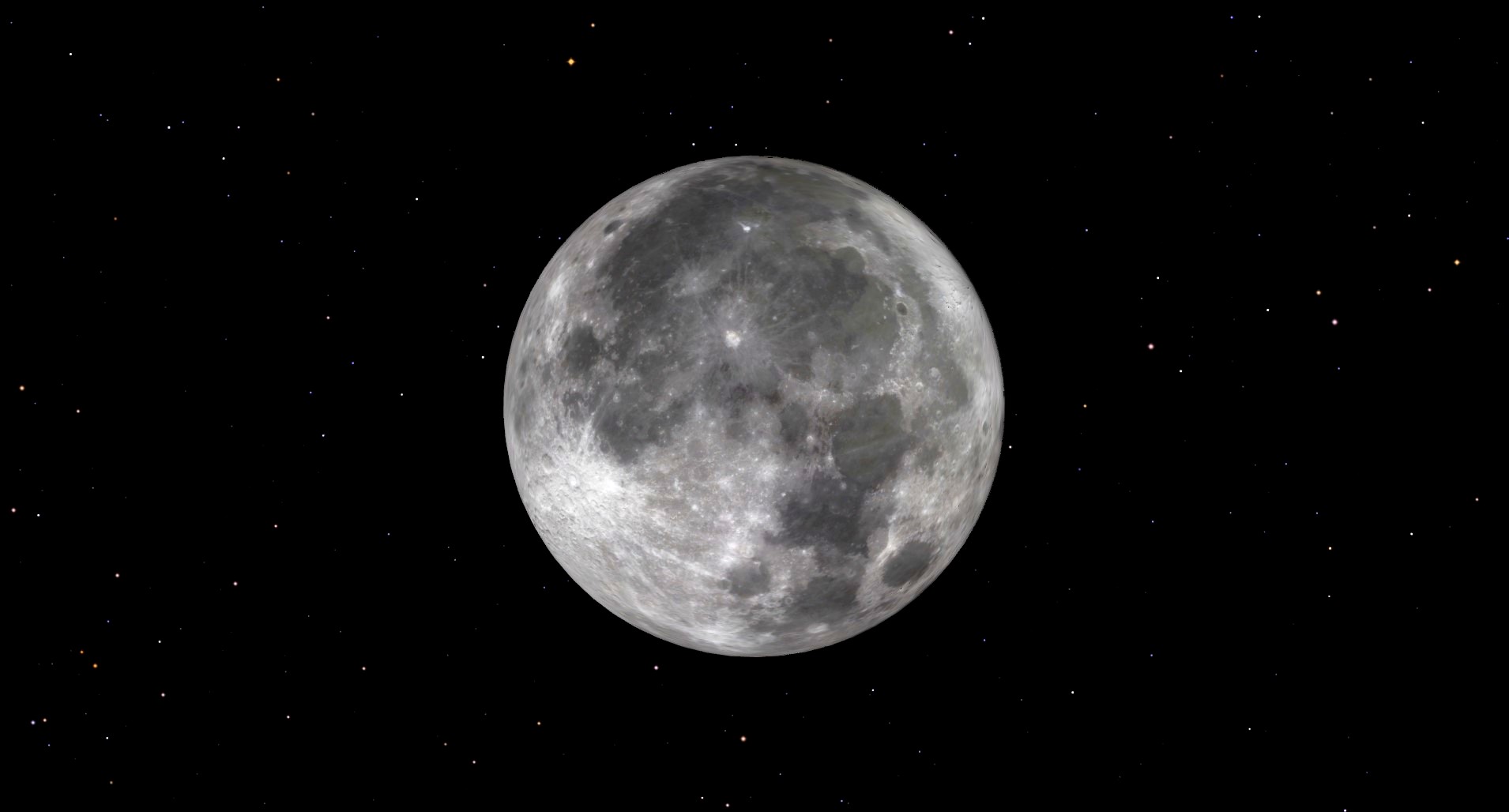
Deep below the Earth's crust, molten rock rises and falls, driving the movement of tectonic plates on our planet's surface — and for some time, researchers have debated whether the moon also has a molten layer of rock sandwiched between its core and solid exterior.
New evidence, based on how the moon responds to the gravitational pull of Earth and the sun, has lent support to the hypothesis that the moon does in fact possess such a molten layer hidden deep in its interior.
Just as Earth has tides that are influenced by the gravitational pull of the moon and the sun, which cause the planet's oceans to periodically rise and fall, the planet's gravitational field to shift, and the planet itself to distort in shape,the moon also experiences tidal effects. However, without buckets of water on its surface like Earth has, tidal effects on the moon are far more subtle. The moon does, however, experience changes in its shape and gravity.
How the moon responds to these tidal forces is, to a large degree, dependent on its internal structure. This means the tidal responses of the moon to the Earth and the sun offer clues as to what lies beneath its surface.
Related: What is the Moon Made Of?
Previous attempts at measuring the moon's tidal changes were done over the course of a month — however, in the new work, researchers were able to collect data on the moon's change over the course of a year. The data on the moon's tidal changes were captured by NASA's satellite-based Gravity Recovery and Interior Laboratory (GRAIL) mission and the Lunar Reconnaissance Orbiter.
By incorporating the monthly and yearly distortions in the moon's shape and gravitational field with other lunar information (such as the average density of the moon), researchers were able to simulate the nature of the moon's interior.
The team found that, by including a softer layer at the base of the moon's mantle, it was easier to reproduce the observed gravity measurements. Thus, having a viscous layer of materials deep within the moon seems highly likely, the research suggests.
Researchers have speculated that if this molten layer does in fact exist, it may be composed of a titanium-rich material called ilmenite. Yet a further question still remains — if indeed this molten layer exists, what is its heat source? More research is needed before researchers can say with confidence what the layer may be composed of, and what mechanisms may be keeping it warm.







